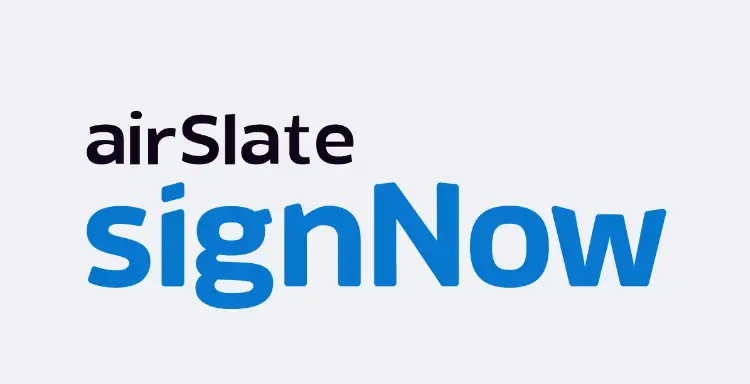
Introduction:
In our increasingly digital world, the ability to sign documents online has become essential for both individuals and businesses. eSignatures, or electronic signatures, offer a secure and efficient way to sign agreements, contracts, and other important documents without the need for physical presence. This article provides a comprehensive guide on how to use eSignatures online, exploring the best tools, methods, and legal considerations.
What are eSignatures?
An eSignature is a digital version of a handwritten signature used to sign documents electronically. It provides a secure, efficient, and legally binding way to sign agreements, contracts, and other important documents.
Benefits of Using eSignatures Online
- Convenience: Sign documents from anywhere at any time.
- Speed: Reduce turnaround times by quickly obtaining signatures.
- Cost-Effective: Save on printing, mailing, and storage costs.
- Security: Advanced encryption and authentication methods ensure the integrity and authenticity of signatures.
- Legal Validity: eSignatures are legally binding in many countries under regulations such as the ESIGN Act and eIDAS.

Best eSignature service
Popular eSignature Tools
Several tools and platforms provide robust eSignature solutions, including:
- DocuSign
- Adobe Sign
- HelloSign
- SignNow
- PandaDoc
How to Use eSignatures Online
1. Using DocuSign
Step-by-Step Guide:
- Sign Up: Create an account on the DocuSign website.
- Upload Document: Upload the document you need to sign.
- Add Signers: Enter the email addresses of the people who need to sign the document.
- Place Signature Fields: Drag and drop signature fields and other necessary fields onto the document.
- Send Document: Send the document to the recipients for their signatures.
- Track Progress: Monitor the signing process in real time.
2. Using Adobe Sign
Step-by-Step Guide:
- Sign Up: Create an account on the Adobe Sign website.
- Upload Document: Upload your PDF or other document formats.
- Add Recipients: Enter the email addresses of the signers.
- Place Fields: Drag and drop signature fields and other necessary fields onto the document.
- Send for Signature: Send the document to the recipients.
- Monitor Status: Track the status of the document in real-time.
3. Using HelloSign
Step-by-Step Guide:
- Sign Up: Create an account on the HelloSign website.
- Upload Document: Upload the document you need to sign.
- Add Signers: Enter the email addresses of the signers.
- Place Signature Fields: Drag and drop signature fields and other necessary fields onto the document.
- Send Document: Send the document to the recipients.
- Track Progress: Monitor the signing process.
4. Using SignNow
Step-by-Step Guide:
- Sign Up: Create an account on the SignNow website.
- Upload Document: Upload the document you need to sign.
- Add Recipients: Enter the email addresses of the signers.
- Place Fields: Drag and drop signature fields and other necessary fields onto the document.
- Send for Signature: Send the document to the recipients.
- Track Status: Monitor the status of the document in real-time.

Best eSignature service
5. Using PandaDoc
Step-by-Step Guide:
- Sign Up: Create an account on the PandaDoc website.
- Upload Document: Upload the document you need to sign.
- Add Signers: Enter the email addresses of the signers.
- Place Signature Fields: Drag and drop signature fields and other necessary fields onto the document.
- Send Document: Send the document to the recipients.
- Monitor Progress: Track the signing process in real time.
Legal Considerations for eSignatures
eSignatures are legally binding in many countries under various regulations:
- United States: The ESIGN Act and UETA provide the legal framework for eSignatures.
- European Union: eIDAS (Electronic Identification, Authentication, and Trust Services) regulation governs the use of eSignatures.
- Other Countries: Many countries have their own regulations that recognize the legality of eSignatures.
To ensure your eSignature is legally binding:
- Consent: All parties must agree to use electronic signatures.
- Intent: The signer must demonstrate intent to sign.
- Authentication: Verify the identity of the signer.
- Integrity: Ensure the document has not been altered after signing.
- Retention: Store the signed document securely for future reference.
FAQs
Q1: Are eSignatures secure?
Yes, eSignatures uses advanced encryption and authentication methods to ensure the security and integrity of the signed documents.
Q2: Are eSignatures legally binding?
In most countries, eSignatures are legally binding under specific regulations like the ESIGN Act and eIDAS.
Q3: Can I use eSignatures for all types of documents?
eSignatures are suitable for most documents, but certain legal and government forms may still require handwritten signatures.
Q4: How do I know if my eSignature is legally binding?
eSignatures are legally binding if they meet the requirements set by relevant regulations, such as the ESIGN Act and eIDAS, which include intent to sign and consent to do business electronically.
Q5: Can eSignatures be used for international transactions?
Yes, eSignatures can be used for international transactions, but it’s essential to ensure compliance with the regulations of the involved countries.
Conclusion
eSignatures offer a convenient, secure, and legally binding way to sign documents online. By using popular eSignature tools like DocuSign, Adobe Sign, HelloSign, SignNow, and PandaDoc, you can streamline your document signing process, save time, and enhance productivity. Understanding the legal considerations and following best practices will ensure your eSignatures are valid and secure. Whether for personal or business use, adopting eSignatures is a smart move in today’s digital age.
